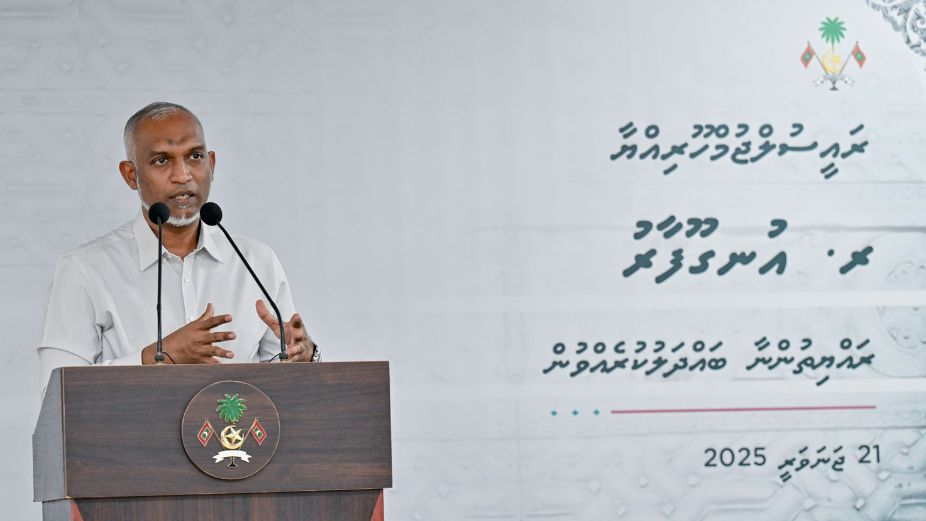
President Dr Mohamed Muizzu has presented an ambitious plan to eliminate corruption in the Maldives through the digitalisation of public services. Speaking to residents of Ungoofaaru in Raa Atoll, the President cited Estonia as a model for success, noting its efficient digital governance and low levels of corruption. He expressed confidence that adopting a similar system would help the Maldives combat corruption within a short period.
At the heart of this vision is the introduction of a digital identity card system, which the President said would serve as a foundation for a fully integrated network of government services. The rollout is expected to take place in stages over the next four years, aiming for transparency and efficiency.
The Promise of Technology
Digitalisation holds undeniable potential to reduce corruption by minimising human involvement in administrative processes, streamlining service delivery, and increasing transparency. By cutting out intermediaries, digital tools can close some of the loopholes where corruption often thrives.
President Muizzu highlighted this point, suggesting that the current fragmented digital systems in the Maldives are not operating efficiently. He reiterated his government’s commitment to prioritising the digital transformation of public services, promising the allocation of resources and investments in human capital development.
The Missing Ingredients
However, digital tools alone are insufficient to eradicate corruption. The real challenge lies in addressing structural issues that allow corruption to flourish, such as weak oversight, limited accountability, and a lack of transparency.
The Maldives has faced criticism for inadequate whistleblower protections and an opaque legal framework that often fails to hold powerful individuals accountable. Without strengthening these critical areas, even the most advanced digital systems could become ineffective or manipulated.
Moreover, digitalisation depends on robust cybersecurity measures to prevent misuse of data and ensure system integrity. A poorly managed or under-secured digital system risks opening new avenues for corruption rather than closing them.
Lessons from Estonia
Estonia’s success in digital governance is not solely attributable to technology. It is underpinned by a strong rule of law, independent oversight, and a commitment to transparency. These elements have created an environment where digital systems can thrive and maintain public trust.
For the Maldives to replicate this success, there must be concurrent efforts to bolster institutional accountability and ensure the independence of oversight bodies. Transparency within government operations and a free press to scrutinise and expose irregularities are essential components of a corruption-free system.
A Holistic Approach
President Muizzu’s call for national cooperation to achieve his digital vision underscores the importance of collective effort. However, true reform will require more than public buy-in; it will demand a comprehensive approach that addresses the root causes of corruption. Legal reforms, judicial independence, and strengthened oversight mechanisms must accompany digitalisation to create a system that can effectively prevent corruption.
While the President’s plans signal a step in the right direction, the question remains: can technology alone achieve the deep systemic change required to tackle corruption in the Maldives? Without a firm foundation of accountability and transparency, the answer is likely no.













